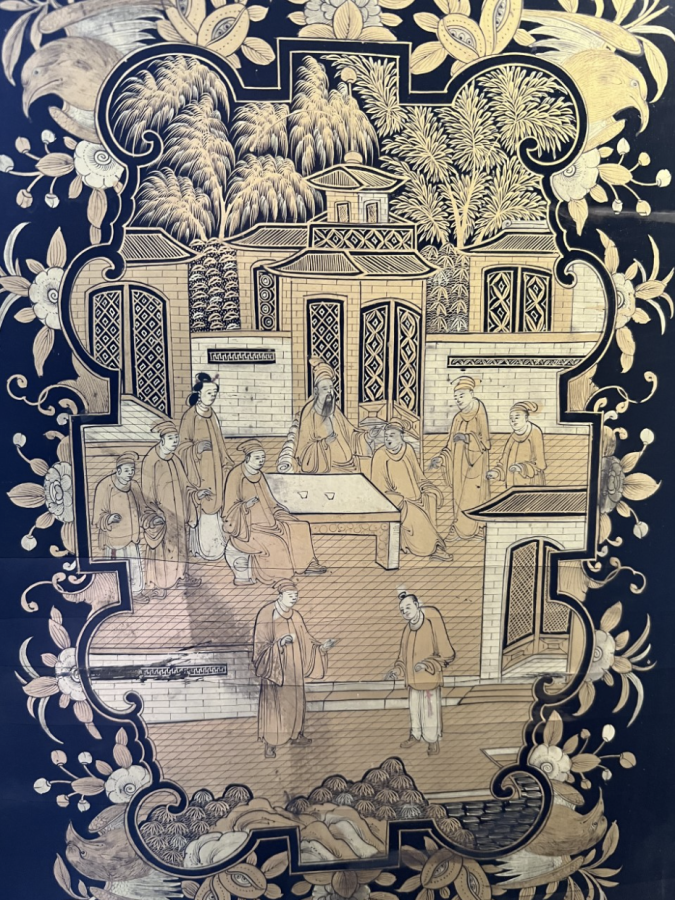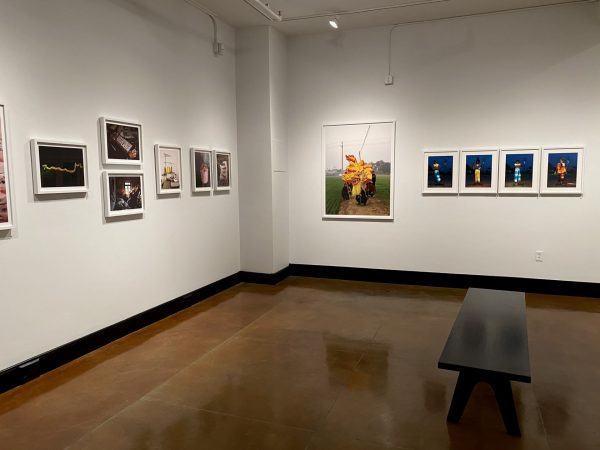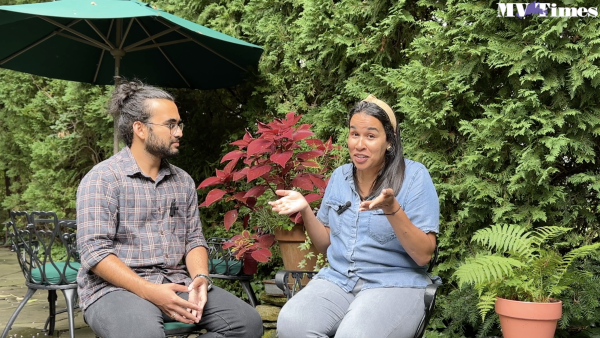The Business of Addiction: Opium, China Trade & the Forbes Family Fortune
Detail from a standing room partition. At the Forbes House Museum.
January 31, 2023
It’s an unsavory history, not often dwelled upon in Western history books. In the 1800s, international traders – many from Boston – sold opium to the Chinese in exchange for tea, silk and porcelain.
For those New England families, and others in countries such as England and France, it was a lucrative business that helped establish staggeringly rich family dynasties. For China, it was a disaster. Despite efforts by the weak imperial dynasty to limit opium sales, up to one-third of the population became addicted.
“Opium: The Business of Addiction” is an exhibit at Forbes Museum in Milton, Massachusetts. A number of famous Boston Brahmin families, such as the Cabots, Peabodys, Endicotts and Forbes, benefitted from the infamous trade, according to the exhibit.
The exhibit showcases treasures brought back by the Forbes, from porcelain to silks, from art to engravings. Also displayed are letters written back to family members and business ledgers displaying their profits and losses. Eleven members of the extended family were involved in the “China Trade,” which lasted from 1784 to 1887 and spanned the First and Second Opium Wars, according to the exhibit.
The exhibit, which is in a former Forbes family home that was later converted into a museum, does not spare the family’s responsibility in the appalling business.
The family on one hand eagerly participated in a business that ended up killing an untold number of Chinese people, destroyed families, undermined the national interest, and ignited lingering suspicion about the motives of Western governments that has tainted relations between China and the West to this day.
At the same time, the family were celebrated philanthropists back home. For instance, the family won praise in all corners for its efforts with famine relief in Ireland during the mid-1800s.
The exhibit continues through March 26.











